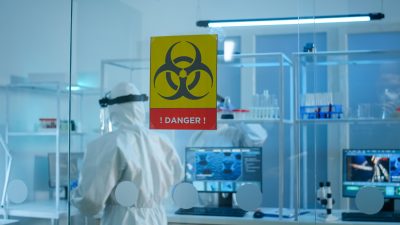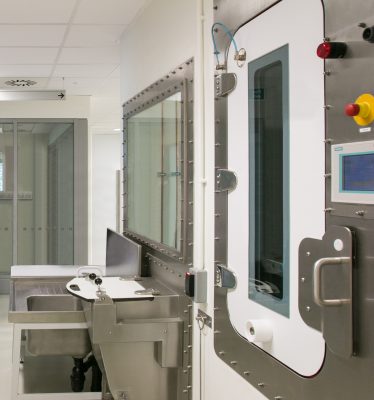Understanding BSL Classifications and Pathogens
What Does BSL Mean?
“BSL” stands for Biosafety Level — a structured system of laboratory safety protocols designed to minimize the risk of exposure to infectious agents. These safeguards protect laboratory personnel, the public, and the environment, and are scaled from BSL-1 (lowest risk) to BSL-4 (highest risk) depending on the agents used and the nature of the work being performed.
In the United States, BSL classifications are defined and enforced by national health agencies such as the Centers for Disease Control and Prevention (CDC) and the National Institutes of Health (NIH). The standards are widely used in clinical, academic, and research laboratories across the country.
“Biosafety in Microbiological and Biomedical Laboratories (BMBL) has served as the cornerstone of biosafety practice in the United States since its initial release in 1984.” – CDC
| Framework | Levels | Applies To | Regulatory Body (US) |
|---|---|---|---|
| Human BSL | BSL-1 to BSL-4 | Human pathogens | CDC / NIH |
| Animal BSL (ABSL) | ABSL-1 to ABSL-4 | Animal pathogens | USDA / NIH OLAW |
Overview of BSL Classifications (1 to 4)
Each BSL level builds on the last, adding specific controls for laboratory practices, safety equipment, and facility design.
BSL-1
BSL-1 labs are used to study agents not known to consistently cause disease in healthy adults. They follow basic safety procedures and require no special equipment or design features.
BSL-2
BSL-2 labs are used to study moderate-risk agents that pose a danger if accidentally inhaled, swallowed, or exposed to the skin. Safety measures include the use of gloves and eyewear as well as handwashing sinks and waste decontamination facilities.
BSL-3
BSL-3 labs are used to study agents that can be transmitted through the air and cause potentially lethal infection. Researchers perform lab manipulations in a gas-tight enclosure. Other safety features include clothing decontamination, sealed windows, and specialized ventilation systems.
BSL-4
BSL-4 labs are used to study agents that pose a high risk of life-threatening disease for which no vaccine or therapy is available. Lab personnel are required to wear full-body, air-supplied suits and to shower when exiting the facility. The labs incorporate all BSL-3 features and occupy safe, isolated zones within a larger building.
Why BSL Standards Matter in Laboratory Design
Adhering to the correct BSL classification ensures that laboratories operate safely and responsibly, especially when handling high-consequence pathogens.
BSL-3 and BSL-4 labs must include:
- Directional airflow to contain aerosols
- Sealed interiors for fumigation and decontamination
- Dedicated HVAC systems with HEPA-filtered exhaust
- Controlled entry, often with interlocking doors and restricted access
These measures are mandated in the Biosafety in Microbiological and Biomedical Laboratories (BMBL) manual maintained by the CDC and NIH.
PBSC’s Role in Supporting High-Containment Labs
PBSC Ltd is a global manufacturer of engineered equipment for BSL-3 and BSL-4 laboratories. Our containment systems are used in critical research environments across the world where biosafety and compliance are non-negotiable.
We specialize in equipment that supports biosafety at the building envelope level, enabling secure personnel and material transfer and maintaining airtight environmental separation. Our services also include system installation, validation, and preventive maintenance for long-term operational reliability.
Our containment portfolio includes:
- Sealed Access Doors
- APR Inflatable Seal Door Set
- Mechanical Seal Door
- Vision Panels
- Transfer Equipment
- Barrier Hatch
- High-Containment Chemical Dunk Tank
- Decontamination Hatch
- Decontamination Chamber
Our products are engineered to support lab compliance with BSL-3 and BSL-4 design standards, including pressure integrity, cleanability, and robust sealing mechanisms.
References & Additional Material
- BMBL 6th Edition – CDC Laboratories
- Biosafety Labs – NIAID
- USDA APHIS Permits – Environmental Health & Safety
Frequently Asked Questions
Disclaimer
This content is for informational purposes only and does not constitute regulatory advice. For official guidance on biosafety containment levels and design requirements, please refer to your national competent authority.
